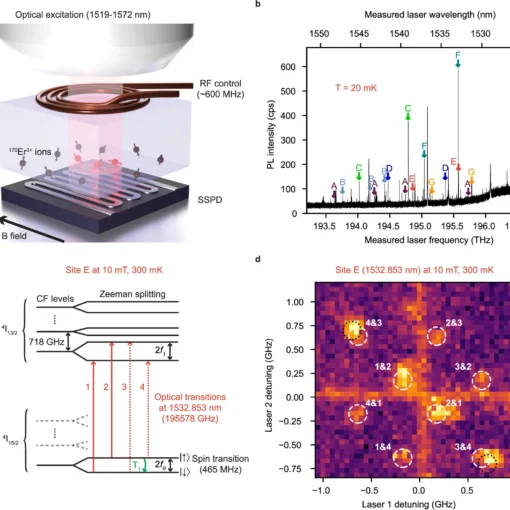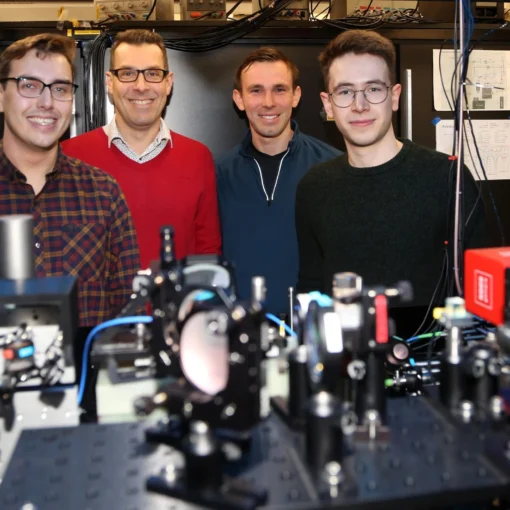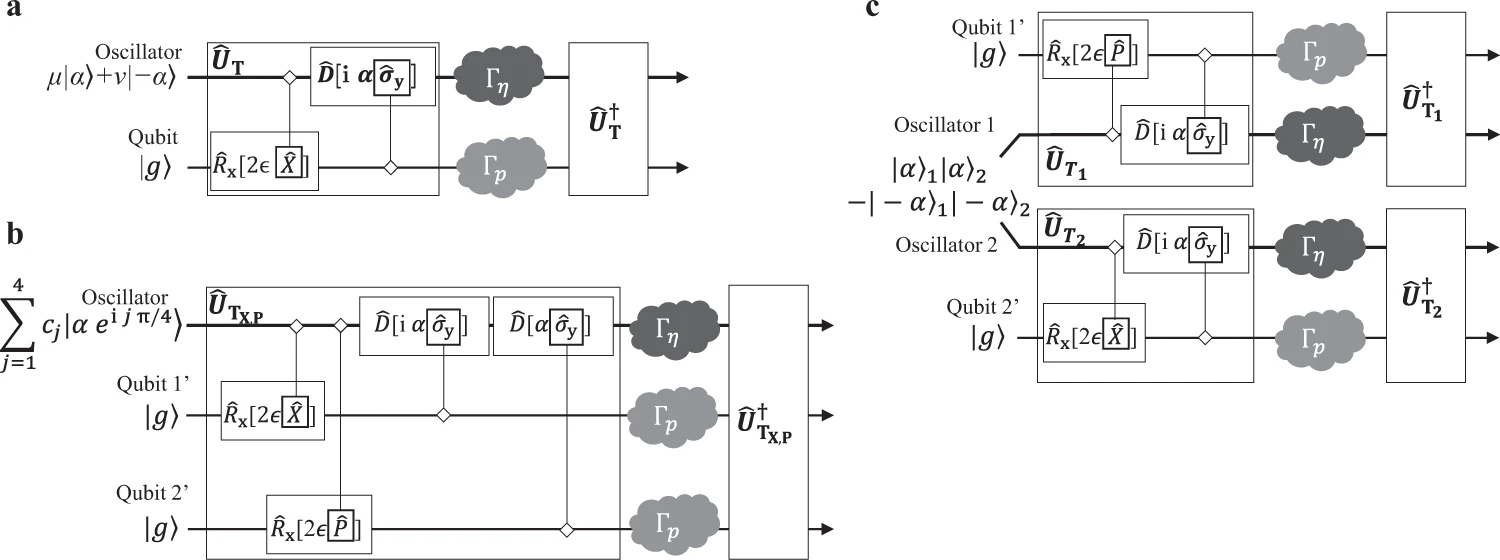
Long optical and electron spin coherence times for erbium ions in silicon
Erbium ions in silicon demonstrate unprecedented coherence properties with optical linewidths below 70 kHz and electron spin coherence times exceeding 0.8 ms, establishing a promising telecommunications-compatible platform for quantum information processing that leverages existing silicon nanofabrication technologies.


